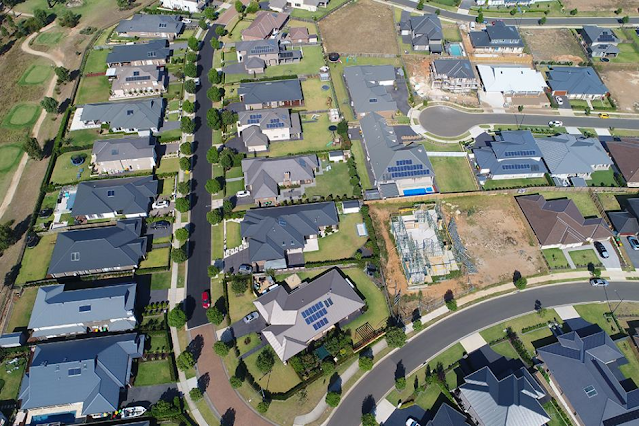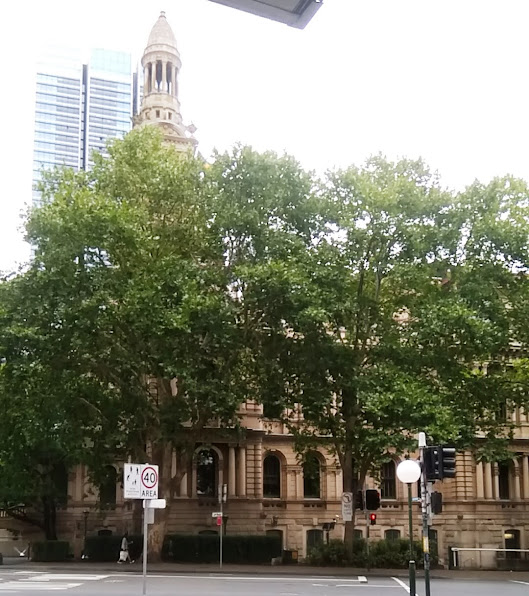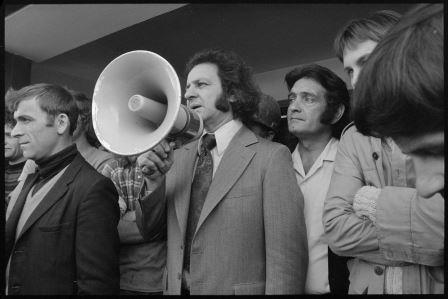Reply to Elizabeth Farrelly: Suburbia Not Kulturstadt

Wilton housing estate, western Sydney ( ABC Illawarra ) Recently on Twitter I came across a post about the NSW Planning Minister’s announcement banning dark roofing for detached houses in fringe housing estates to minimise the heat island effect. Scrolling down the comments, I noticed one by the Sydney Morning Herald’s anti-suburban architecture critic, Elizabeth Farrelly. “It’s ludicrous that this greenfield sprawl is still being approved in Sydney”, she wrote. Having just read a column of hers slamming the proposed high-rise tower complex for inner-city Pyrmont’s Fish Market site, it was amusing to see her bash the other end of the spectrum. Where would Farrelly have people live? Proposed Fish Market site development, Pyrmont-Blackwattle Bay ( Infrastructure NSW ) I knew, in fact, that she quests for the holy grail of urbanists everywhere, medium-density or the so-called “missing middle”. Since there is a body of commentary explaining why this form of development struggles to ma


